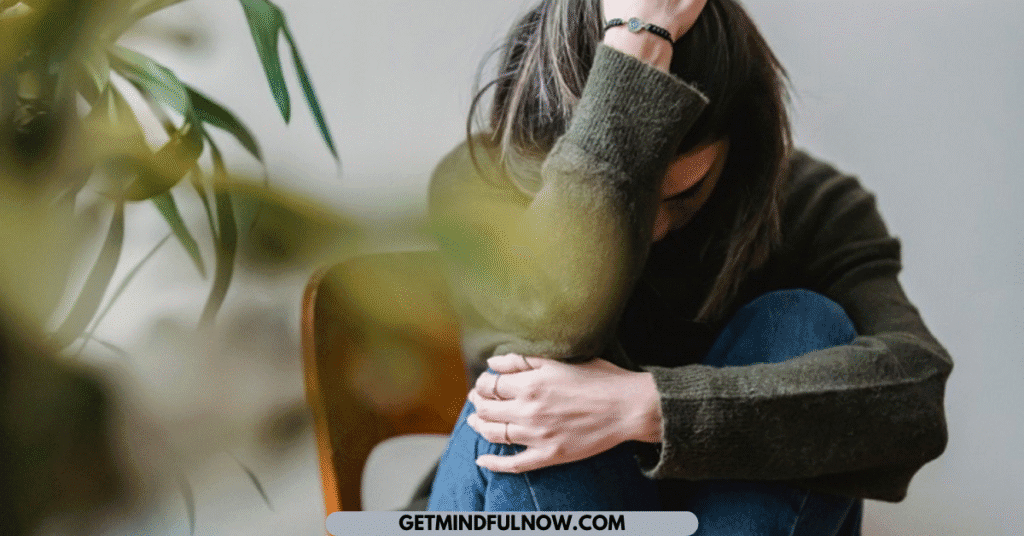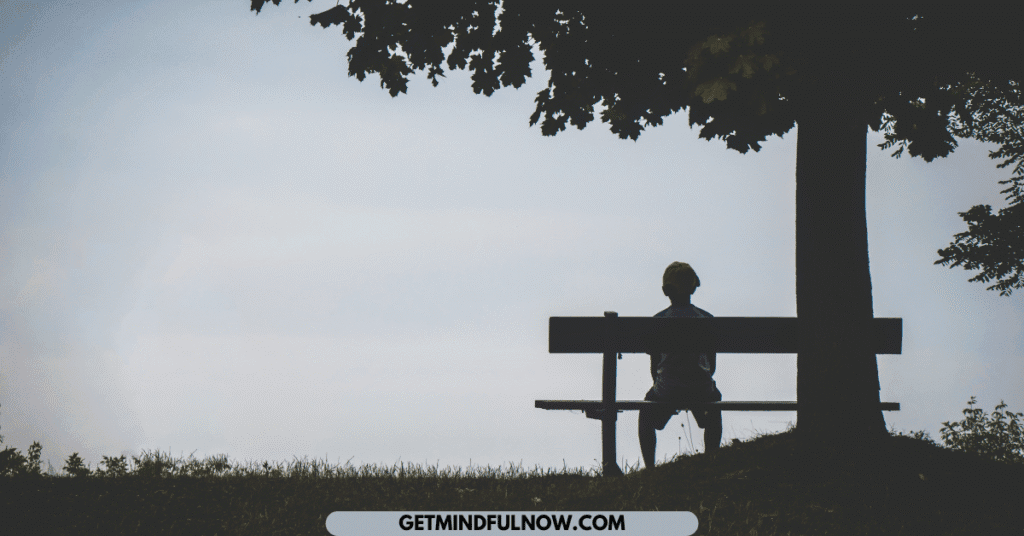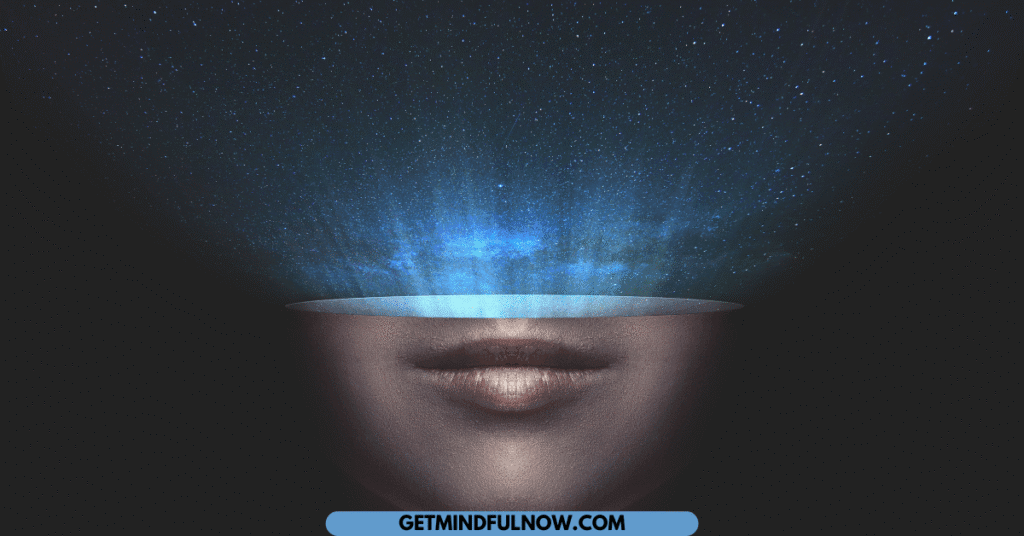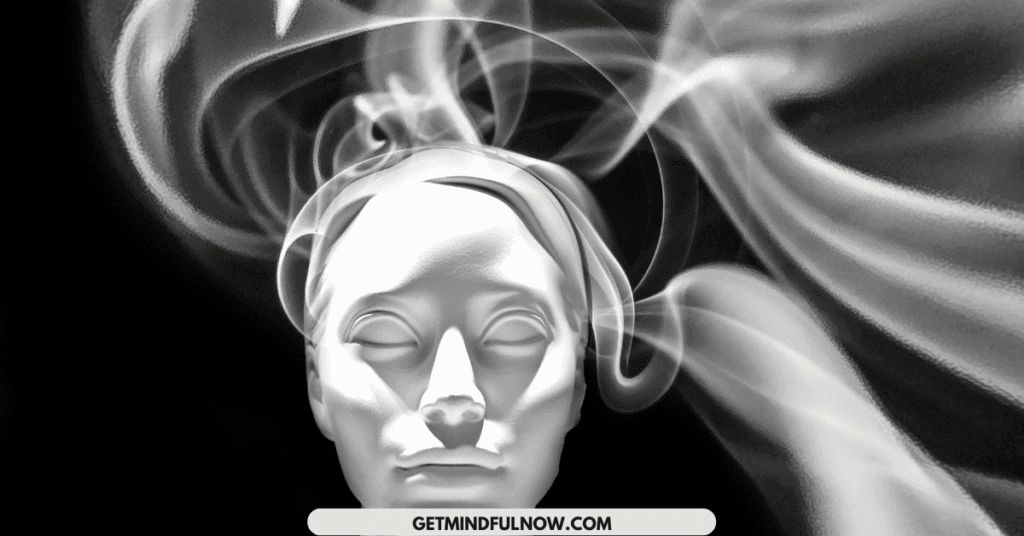Let’s be honest, changing how we feel is harder than changing what we think.
We can repeat affirmations in the mirror until our throat hurts.
We can write gratitude lists that sound beautiful on paper.
But if we still wake up each day feeling dread, worry, or heaviness in our chest, then all that “mindset work” didn’t touch the real issue.
That’s because most people are trying to change their lives without first changing the emotional habits that live in their body.
In plain terms:
We’ve been rehearsing certain emotions for so long, they’ve become part of our identity.
And science shows that until we break those emotional patterns, we keep repeating the same life… with different faces, jobs, and places.
What Are Emotional Habits?
Think about your usual morning.
You wake up. You grab your phone. You see an email. You feel annoyed.
Or anxious. Or numb. Whatever it is, it’s not new. It’s familiar.
Now imagine your emotions are like grooves carved into a hiking trail.
Every time you respond with frustration, guilt, fear, or sadness, you walk that same path again.
And after years of repetition, your brain and body take that route automatically.
That’s an emotional habit.
It’s not conscious. It’s not always logical.
But it’s wired in. And it runs the show until you break the loop.
Your Body Can’t Tell the Difference Between a Memory and a Moment
Here’s where things get wild, and very real.
Dr. Joe explains that when you think of a painful memory, your brain fires the same circuits as if it’s happening again.
- Your heart rate may spike.
- Stress hormones may flood your system.
- Your muscles may even tense up.
That’s because the body doesn’t know the event is over.
If you relive it emotionally, your body relives it chemically.
Now imagine doing that every day for years.
That emotion becomes familiar.
Familiar becomes comfortable.
Comfortable becomes identity.
And now you’re not just feeling the emotion, you believe this is who you are.
The Science: How Emotions Become a Biological Loop
Here’s how it happens, step by step:
- You Have a Thought
→ It’s linked to a past event or worry. - That Thought Triggers an Emotion
→ Fear, sadness, anger. - That Emotion Releases Chemicals in Your Body
→ Your body starts to feel the thought. - The Body Reacts
→ You feel anxious, heavy, tight. - You Notice the Feeling
→ And that reinforces the original thought. - Loop Repeats
Over time, this loop becomes a neurochemical habit.
And your body starts running the show, even without new triggers.
You could be lying on the beach with nothing going wrong, and still feel the emotional weight of an event from ten years ago.
That’s not because you’re broken.
That’s because your body got addicted to the feeling.
Yes, You Can Be Addicted to Stress (And It’s More Common Than You Think)
Let’s clear something up:
Addiction isn’t always about substances.
It’s about needing a certain state to feel normal.
And stress is one of the most common emotional addictions.
People stay in jobs they hate because they’re addicted to pressure.
They stay in toxic relationships because chaos feels familiar.
They scroll endlessly because their nervous system can’t handle stillness.
Why? Because peace feels unfamiliar.
And the brain prefers familiar, even if it’s painful.
This is why change is so hard.
Because we’re not just shifting behaviors, we’re detoxing from an emotional chemical loop we’ve lived in for years.
Real-Life Example: The “I Always Get Hurt” Loop
Take Sarah (not her real name).
She’s warm, kind, creative. But every time she opens up emotionally, something goes wrong.
She gets ghosted. She feels judged. She retreats.
Eventually, she stops trying.
When we talked, she said, “I just know I’ll get hurt again.”
But nothing had actually happened yet.
Her body had memorized the pain of past heartbreaks.
And now, it was preemptively protecting her by pulling her into the emotion of rejection, before anything had even gone wrong.
This is the loop.
And until she learned how to notice it, name it, and shift it, she kept reliving the same emotional story in every new chapter of her life.
How to Break an Emotional Habit (With Science on Your Side)
The good news?
Your brain is plastic. Your identity is flexible. And emotions are not permanent.
You can break the habit. But not by thinking alone.
You have to involve your body, your emotions, and your nervous system.
Here’s how to start:
1. Name the Emotional Loop
Before you change anything, notice what’s running on repeat.
Ask yourself:
- What’s the most common emotion I feel each day?
- Where did I learn this emotion?
- What does my body do when I feel this?
This gives you power. You can’t change what you won’t name.
2. Interrupt the Feeling Early
When the emotion starts to rise, pause.
Literally say out loud,
“This is the old pattern. I don’t have to go there today.”
This simple statement tells your brain: we’re doing something new.
3. Create a New Emotional Anchor
Now picture the opposite feeling.
Let’s say your default is “fear of being seen.”
What’s the opposite? Confidence? Safety? Self-trust?
Feel that emotion in your body. Imagine it flooding you.
Do this daily, especially in quiet moments.
The more you rehearse the new feeling, the more your body believes it.
4. Move Your Body Differently
Emotions live in the body, not just the brain.
Changing your physical state supports emotional change.
- Dance when you feel stuck.
- Walk slowly when you feel rushed.
- Stretch when you feel closed in.
You’re telling your body: we’re not who we used to be.
The Truth Most People Won’t Say
This work isn’t fast. It’s not always fun.
But it’s the real self-care.
Not the bubble bath kind. The rewire-your-nervous-system kind.
And once you feel it click, even for a second, something inside you shifts.
You start to realize:
“I’m not my emotions.
I’m the one who chooses which ones get to stay.”
That’s not a quote. That’s freedom.
Final Thoughts: Your Past Emotions Are Not Your Life Sentence
If you’ve felt stuck for a long time, I get it. I’ve been there.
It’s hard when you’re trying to move forward but your feelings keep pulling you back.
But here’s what I want you to hear today:
Emotions are not facts.
They’re feedback.
And you get to decide what to do with them.
Your past doesn’t get to write your future unless you keep handing it the pen.
So breathe. Pause. And start practicing the feelings that match the life you actually want.
Your body might resist at first. That’s normal.
But one day, peace will feel more familiar than panic.
Joy will feel more natural than fear.
Love will feel more real than protection.
And that’s when you’ll know, the emotional habit is broken.

Ready to Keep Growing?
If this resonated, there’s so much more to share—simple, science-backed tools to rewire your mind and body for good.
👉 Subscribe to my newsletter for weekly insights, tools, and free resources for deep inner healing.
Let’s break cycles. Build clarity. And change your life, from the inside out.








